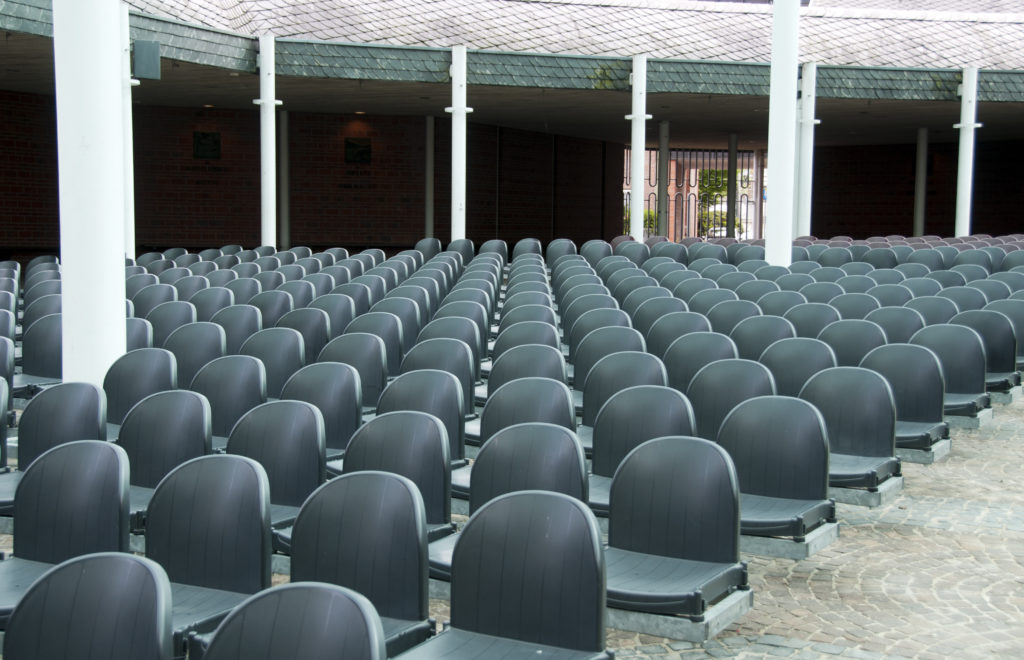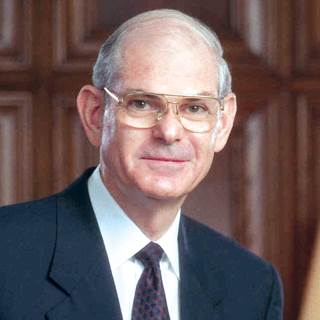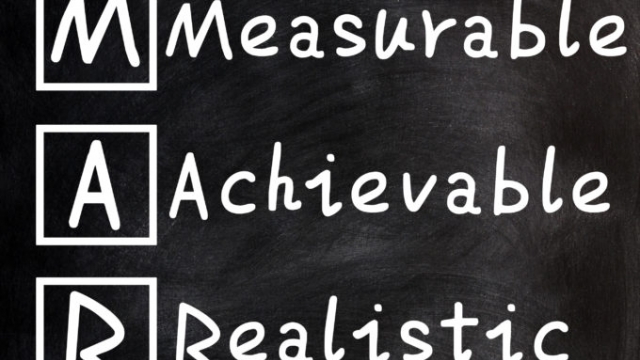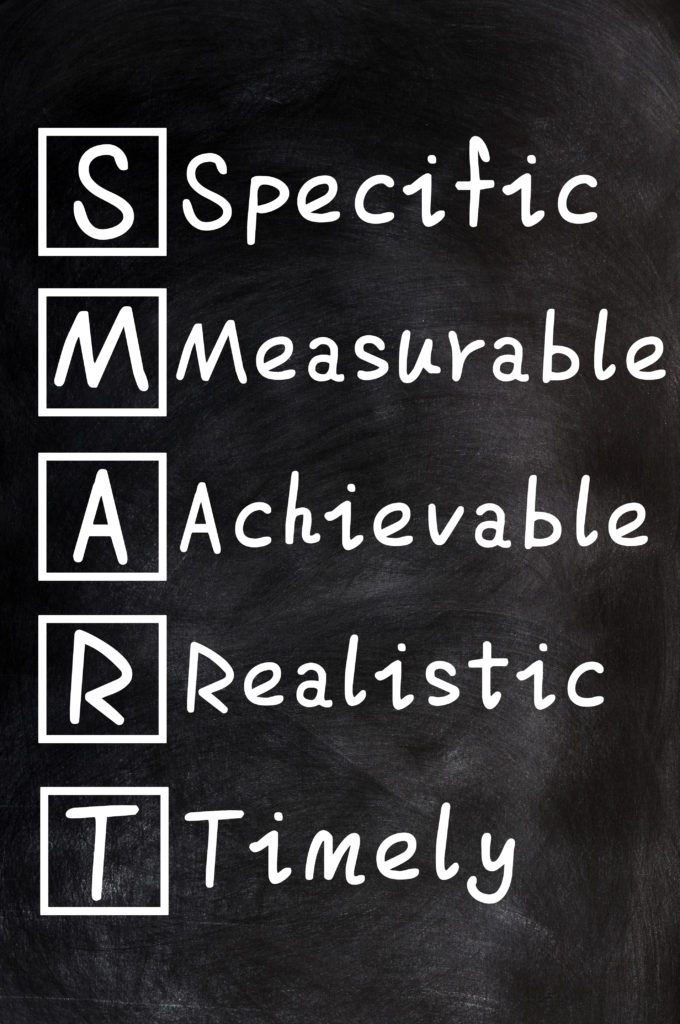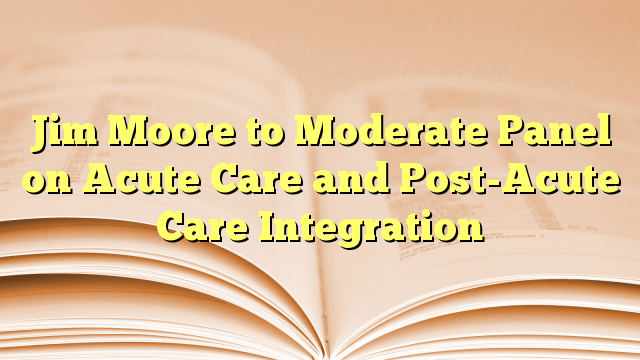If you followed our four part series on Senior Living and Housing in Social Media,
- Social Media – Have You Embraced or Missed This Current Marketing Strategy?
- Why the Senior Housing and Health Care Industry Needs to Be On Social Media
- How A Senior Care Business Can Use Social Media
- Family Caregivers Are Using Social Media – Why You Should Take Notice
you may be wondering what others in the industry are doing on Social Media. My suggestion: go on over and take a look!
Here we have given some examples of companies and communities using the most common social media sites. And how did we choose them? Simply, we found them on social media. Here at MDS we use a few of the major social media sites (Twitter, Facebook, LinkedIn, YouTube and Pinterest) and these are some of the companies we have come across in our daily activities.
Twitter – Who is on Twitter? Well, everyone! Ok, maybe not everyone, but you will definitely find a large senior housing contingency on Twitter. From local communities (Trinity Terrace, Fort Worth, TX, Henry Ford Village, Dearborn, MI) to large Corporations (Emeritus, Capital Senior Living) to industry associations (Assisted Living Federation of America (ALFA)) as well as associated senior housing vendors (Perkins Eastman – Architecture, Technomic – Foodservice Specialists ). What do these companies tweet? Current headlines, notifications of new communities, updates on products and services, personal development quotes, new additions to management and staff, upcoming events; the list is variable and endless.
Facebook –Given a bit more space and options, Facebook is being utilized effectively by many in the industry. Since so many individuals are already on Facebook, it has proven a great way to keep in touch with resident families and reach out to potential residents. Tradition Senior Living, LP out of Dallas does a great job of highlighting both resident activities and business development on their page. Families (both current and prospective) can see what the community has to offer in the way of activities; Wii bowling tournament, men’s breakfast with guest speakers, iPad class for residents. On the business side they post articles from local media and photos of the ground breaking of their new community.
LinkedIn – While coined “social media”, LinkedIn tends towards the professional side of business. Any top company, especially those technically up-to-date, is on LinkedIn. In fact, we once heard a company doing a webinar on social media say if they have a prospective employee NOT on LinkedIn, they would not even consider them for the job. Companies such as Holiday Retirement and Atria Senior Living have job listing on their LinkedIn profiles. If you are a company looking to recruit employees or an individual looking for a job, you need to be on LinkedIn.
YouTube – While YouTube may bring to mind those quirky viral videos we all laugh at, many companies and organizations are developing YouTube channels that are educating viewers. Benchmark Senior Living has produced a recruiting video in conjunction with CareerBuilders Talent Network. ALFA has its own YouTube channel which currently features a truly inspiring presentation by Bill Strickland at the 2012 conference.
Pinterest– While many use Pinterest simply for personal reasons (new recipes, craft ideas, home decorating) I have been convinced of its use in business. I have “pinned” many infographics on social media and articles about blogging, content and marketing. But one company has totally impressed me with its use of Pinterest.
Sunrise Senior Living does a fantastic job of connecting with not only their residents and potential residents, they connect to the caregivers, families and others associated with those residents. They have an active presence on Pinterest. (If you are not sure what Pinterest is, it is basically a “pinboard” of photos off the web that you can pin to various boards of your choosing that often link back to blogs, articles, etc.) Sunrise has pinned how caregivers can reduce stress and care for themselves. They have posted great recipes targeted at the nutrition needs of seniors. They have pinned fashion and style ideas for seniors, senior health tips and senior resources.
We have touched on only a small example of social media, a few of the more recognizable names. There are numerous sites and strategies for your business. Call Roy for an initial evaluation of your social media strategy. Then we can help you improve or develop your social media marketing plan. Contact Roy Barker at RoyBarker@m-d-s.com or call him at 817-925-8374.
For more social media resources: Social Media Resources From Westridge Publishing









